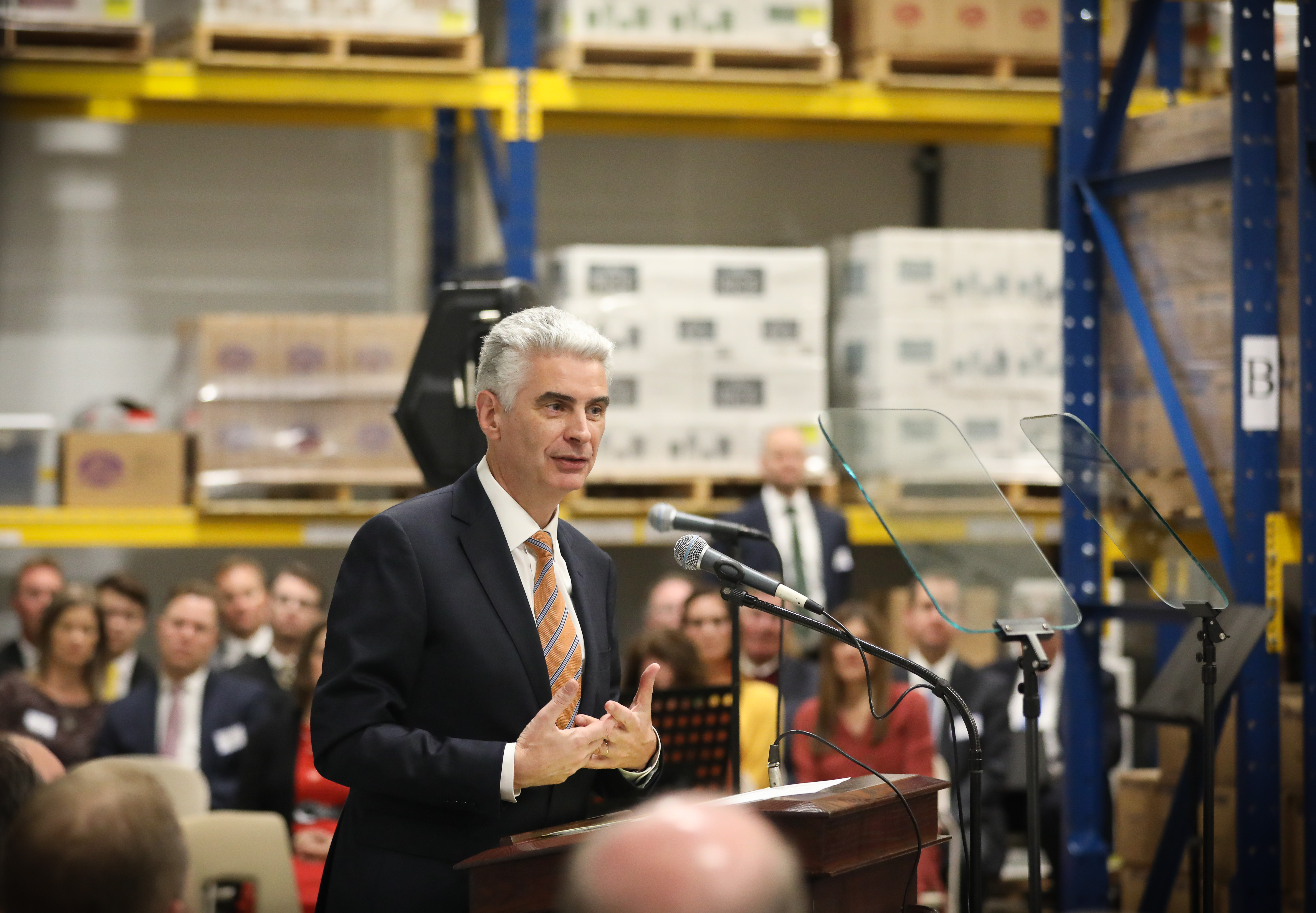
The following paragraphs are excerpts from the Deseret News and the Church News
The financial prosperity of The Church of Jesus Christ of Latter-day Saints is a reflection of the faith of its members, said Presiding Bishop Gérald Caussé during a rare interview Thursday about Church finances and reserves.
“If you look at the Church as a financial institution, you will never understand it,” he said. “You have to look at it as an organization of consecrated followers of Jesus Christ with a mission.”

The Church of Jesus Christ of Latter-day Saints doubled its humanitarian spending over the past five years and now annually provides nearly $1 billion in combined humanitarian and welfare aid, the church’s Presiding Bishopric said this week in a rare interview.
But the church’s work and missions cannot be reduced to its humanitarian spending and charity efforts, said Presiding Bishop Gérald Caussé and his counselors, Bishop Dean M. Davies and Bishop W. Christopher Waddell. Those represent just one function of a sprawling global faith that funds 30,000 congregations, more than 200 temples and educational opportunities for hundreds of thousands of students while also providing food, clothing and shelter for hundreds of thousands of people a year.
“It’s no surprise we are talking about billions of dollars,” Bishop Caussé said. “Nobody should be surprised, given the number of members, millions of members, 16 million members in so many countries. This is a church that has become quite large, and so there’s a large budget, and we are grateful for that because that’s an opportunity to expand the reach of all the good that the church can do around the world.”
The church’s investment arm, Ensign Peak Advisors, reportedly has grown to $100 billion, a figure claimed by the brother of a former worker at Ensign Peak. The members of the bishopric said they were aware that those reports drew both praise from some about the way church leaders are managing what they and members consider sacred donations as well as criticism and questions about what the church is doing with such a large amount of money.
They did not confirm whether that amount was accurate, but they said they expect leaner economic times will come in the future and also acknowledged that the church’s needs and expenditures are accelerating as the faith grows around the world. They also rejected the notion they are hoarding money for the Second Coming of Jesus Christ. Instead, they said, they are making prudent, diverse investments to protect against economic downturns and prepare for the future.
‘We won’t have to stop’
Bishop Caussé said the size of the fund is a proper backstop for the church’s full breadth and depth of operation.
“Most of the growth, I have to say, is because we are right now in the longest period of prosperity in the United States that has ever been recorded, and this is creating that surge of financial markets,” he said. “We are just beneficiaries of it.”
“There will be future downturns,” Bishop Waddell said. “How extensive, how dramatic we don’t know. But one of the comments we made to the Journal was that if that were to happen, because of the reserves being carefully watched over, protected and wisely handled, we won’t have to stop missionary work, we won’t have to stop maintaining buildings and building temples, we won’t have to stop humanitarian and welfare work, we won’t have to stop education work. What the journalist (wrote) was that we won’t have to stop missionary work, period. Well, there’s more than that.”
The Presiding Bishopric said a large reserve is necessary, specifically citing as reasons the church’s expansion into countries in which congregations are not self-sustaining, the construction of 50 more temples and the growing cost of providing educational opportunities for more and more students. The church is educating 880,500 students through its seminary and institutes program, universities and Pathway program.
Read the rest of the articles on the Deseret News and/or the Church News
